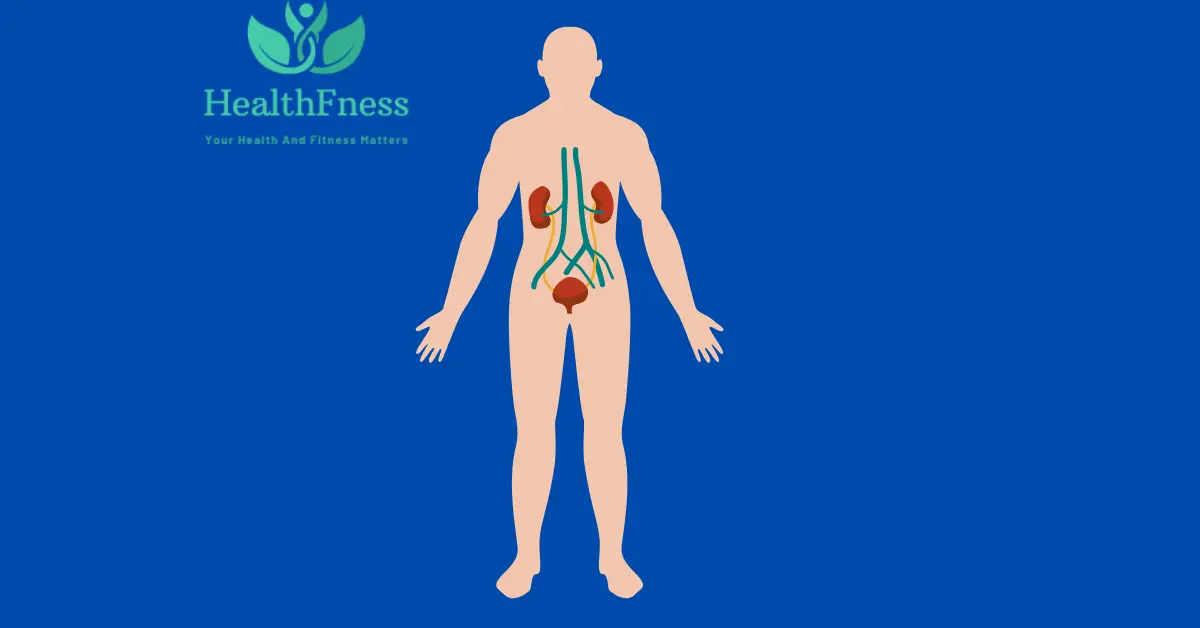EXOCRINE SYSTEM/GLANDS FULL GUIDE
What is exocrine terminology?
This term comes from the Greek word “ekkrinein,” which means “to secrete outside.” This refers to the fact that the substances produced by the glands are not released directly into the bloodstream but instead are secreted into the body’s external environment.

The system comprises exocrine glands, which are specialized structures that produce and secrete various substances such as sweat, tears, saliva, and digestive enzymes.
The function of Exocrine Glands:
Exocrine glands primarily function by producing and secreting hormones, enzymes, and other substances essential for maintaining the body’s overall health and functionality. Some of the key functions of exocrine glands include:
Regulating body temperature
Eccrine glands, located in the skin, secrete sweat to regulate body temperature. When the body becomes too hot, this helps in its cooling.
Digestion
The salivary glands produce saliva, which contains digestive enzymes that aid in the breakdown of food in the mouth. The pancreas, a large exocrine gland located in the abdomen, secretes digestive enzymes into the small intestine to aid in the digestion of food.
Lubrication
The mucus produced by goblet cells in the respiratory and digestive tracts helps to lubricate these surfaces, making it easier for air to move through the respiratory system and food to move through the digestive tract.
Defense against infection
The sebaceous glands secrete an oily substance called sebum that helps to protect the skin from drying out and prevents the growth of harmful bacteria.
Moisturizing the eyes and mucous membranes
Conjunctival glands secrete tears to keep the eyes wet, while goblet cells in the mucous membranes secrete mucus to maintain the health and moisture of these surfaces.
Types of Exocrine glands
Numerous different types of glands that make up the exocrine system contribute significantly to sustaining overall health and proper body operation these are:
Eccrine Glands
These sweat glands are found all over the body, but the palms of the hands and the bottoms of the feet have the greatest number of them. Sweating is produced by eccrine glands and aids in controlling body temperature and removing waste from the body.

Apocrine Glands
The armpits and groin are places with many hair follicles where you can find apocrine glands. They release a milky fluid, rich in protein and lipids, which is assumed to be involved in attracting mates and marking territory.
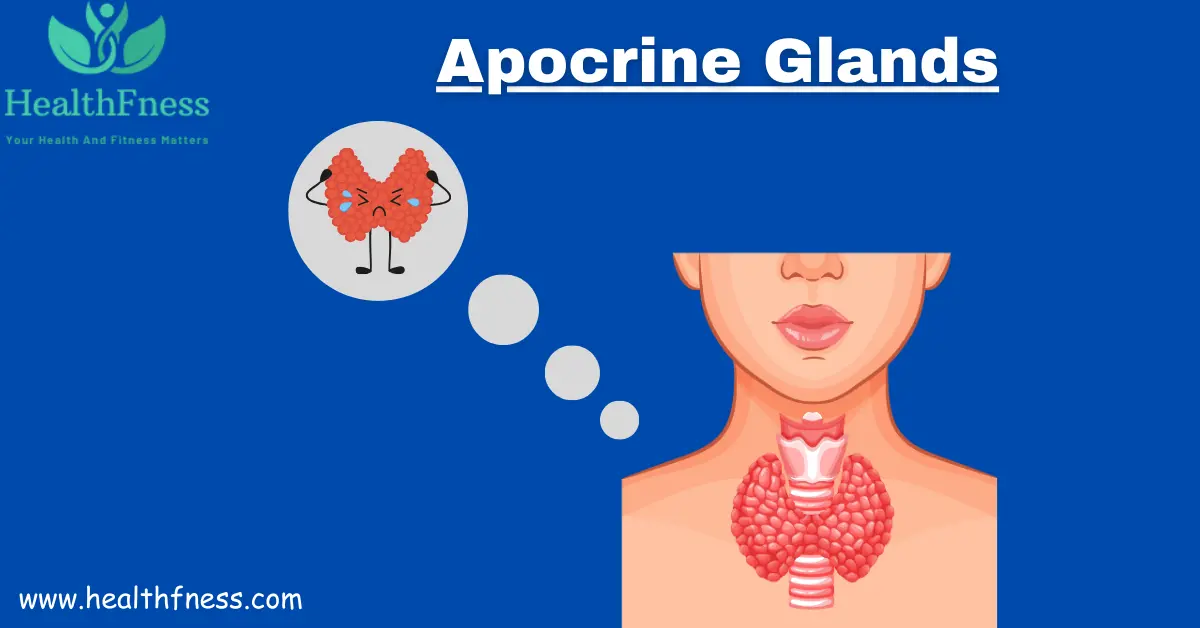
Sebaceous Glands
These glands, which can be found in the skin, release an oily material known as sebum that helps to keep the skin hydrated and guards against dangerous microorganisms.

Mercroine Glands
These are glands that don’t go through much change before secreting their products directly into the ducts. A merocrine gland is one that secretes digestive fluids, such as the pancreas, a sizable exocrine gland in the belly.
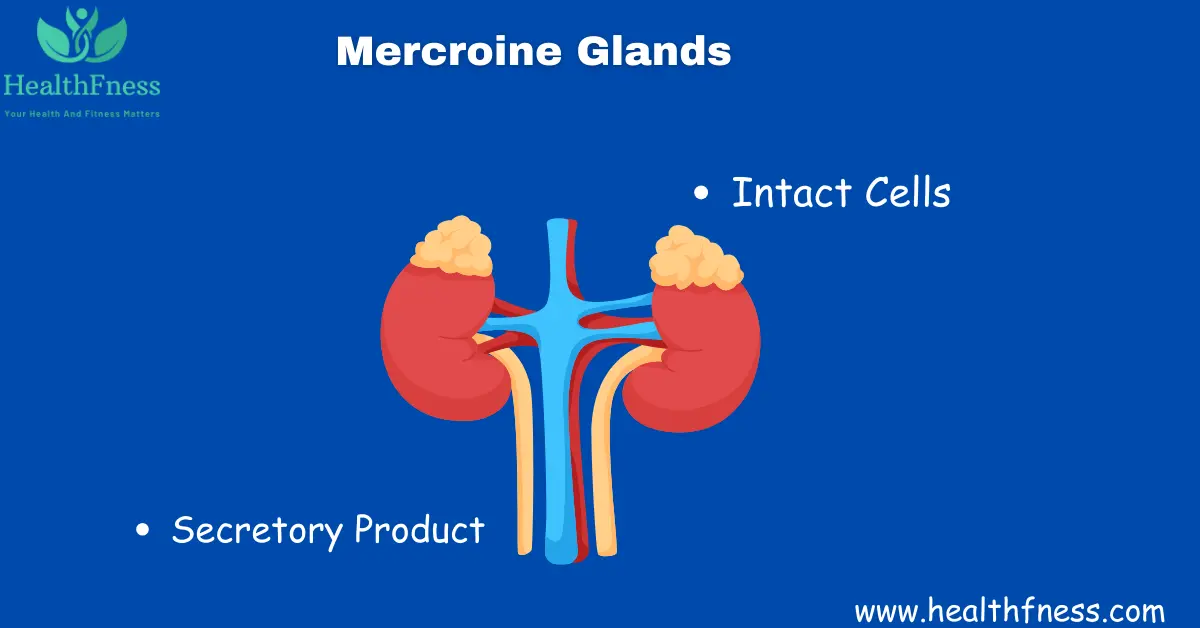
Structure of exocrine glands
Exocrine glands are unique bodily organs that manufacture and secrete a range of hormones. Exocrine glands’ structural makeup is crucial to how well they work since it enables them to manufacture and secrete the chemicals that keep the body healthy and in good working order. The basic structure of exocrine glands consists of three main components
The secretory cells
These glandular cells are responsible for producing and secreting hormones, enzymes, and other chemicals. The supporting tissue encircles the secretory cells, which are organized in clusters.
Ducts
These are the tubes within the glands that transport the secreted substances from the secretory cells to the terminal ducts. The ducts may be simple or branched and are lined with epithelial cells that secrete a thin layer of fluid to help move the substances along.
Terminal ducts
The last section of the duct system, the terminal ducts, is in charge of transporting the body’s excreted materials to the outside. The epithelial cells that line the terminal ducts are trained to secrete the substances and keep the ducts from becoming inflamed.
Secretion of exocrine glands
Gland secretion is tightly regulated to ensure the proper amount of hormones.
Control of secretion
Hormonal Control
Hormones, which includes insulin, cortisol, and increase hormone, manipulate gland secretion. Insulin stimulates digestive enzyme release, at the same time as cortisol inhibits it.
Neutral control
The nervous system regulates gland secretion through neural signals that alter secretory cell activity. The vagus nerve stimulates pancreatic enzyme secretion.
Physical Stimuli
Exocrine gland secretion can be influenced by physical stimuli like food, drink, and stress. For instance, the presence of food in the stomach encourages the pancreas.
Diseases related to exocrine glands:
There are many different health problems that might result from these glands becoming ill. We’ll talk about a few of the most common exocrine gland-related disorders:
Pancreatitis
Pancreatitis is an inflammation of the pancreas, a gland that produces digestive enzymes and hormones. This disease can be caused by a variety of factors, including alcohol consumption, high levels of triglycerides in the blood, and certain medications.
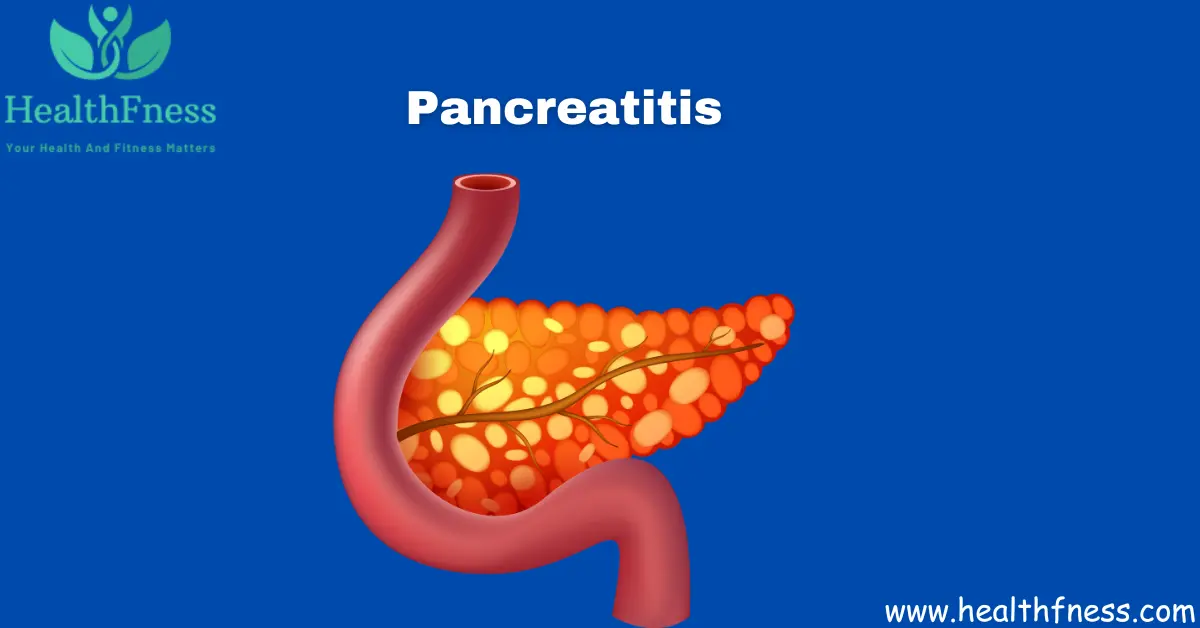
Cystic Fibrosis
Cystic fibrosis is a genetic condition that affects exocrine glands, especially those that generate sweat and mucus. The glands create thick, gummy mucus as a result of this condition, clogging the airways and resulting in respiratory infections.
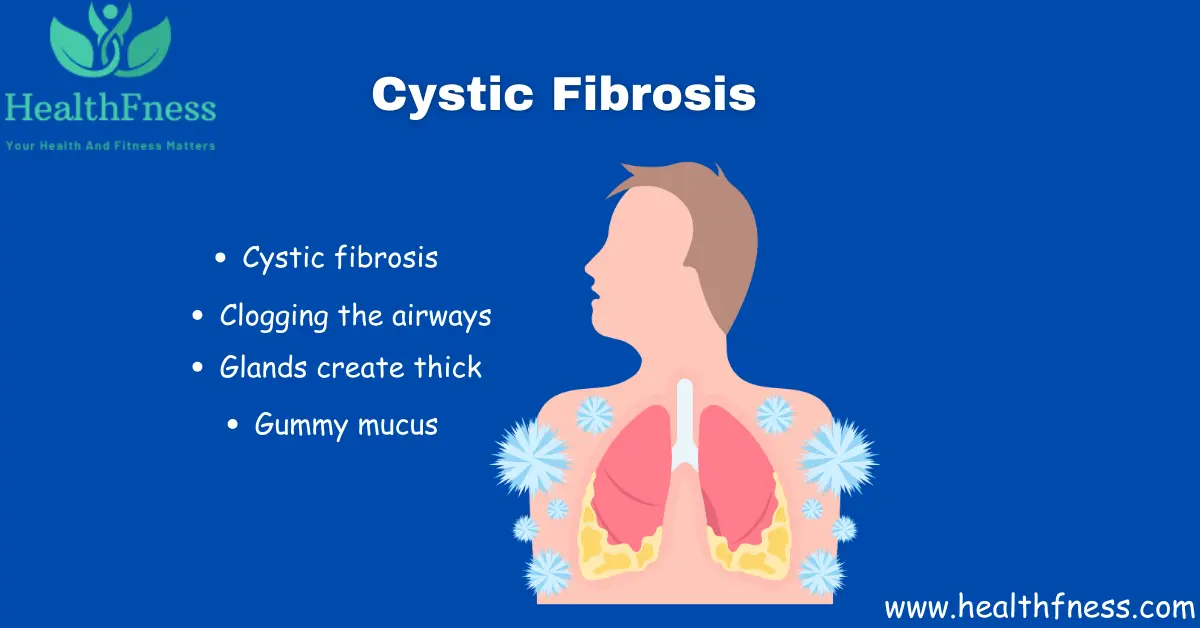
Sjogren’s Syndrome
Sjogren’s syndrome is an autoimmune disease that affects the exocrine glands, particularly the glands that produce tears and saliva. This disease causes the glands to produce insufficient amounts of these substances, leading to dry mouth and dry eyes.
Chronic Pancreatitis
Chronic pancreatitis is a persistent pancreatic inflammation that might harm the pancreatic gland permanently. Many things, including drinking alcohol, having high blood triglyceride levels, and taking certain drugs, can contribute to this condition.
FAQ’S
Are exocrine glands part of the endocrine system?
No, exocrine glands are not part of the endocrine system. The endocrine system is composed of glands that produce hormones that are released into the bloodstream to regulate various bodily functions. The exocrine glands, on the other hand, produce and secrete substances directly into the ducts that lead to the surface of the body or into the lumen of an organ.
Are these glands ductless?
No, these glands are not ductless. rather they have ducts, which are tubes that transport the substances they secrete to their target site.
Do these glands secrete hormones?
No, the glands do not secrete hormones. Hormones are chemical messengers produced by the endocrine glands that are released into the bloodstream to regulate various bodily functions. Exocrine glands, on the other hand, produce and secrete substances directly into ducts
How these glands are classified?
These glands are classified based on the type of secretion they produce and the method by which the secretion is delivered. The two main types of exocrine glands are merocrine glands and apocrine glands.
How many exocrine glands are in the human body?
The human body contains around 2,500 different exocrine glands. These glands are responsible for secreting substances like sweat, saliva, and enzymes directly into the skin or into a duct that leads to an opening on the surface of the body.
Where are the glands located?
These glands can be found in various locations throughout the body. Some of the most common locations for exocrine glands include the Mouth, skin, and genital tract.
Why do the glands have ducts?
The glands possess ducts because these structures ensure that the hormones produced by the gland reach their target tissue. Ducts are also necessary for transporting the secretion to other locations in the body, such as the skin or digestive tract. Ducts act like bridges and help make sure that the secretions reach where they need to go.
Conclusion
In conclusion, exocrine glands play a critical role in the maintenance of various bodily functions. Some of the most common exocrine glands include the salivary glands, sweat glands, and digestive glands in the gastrointestinal tract. Each type of exocrine gland is specialized to secrete a specific substance. Overall, a better understanding of the structure and function of these glands is essential for maintaining good health and treating related diseases.
Image Credits:
GastroDelhi
Mayo Clinic
Cleveland Clinic

